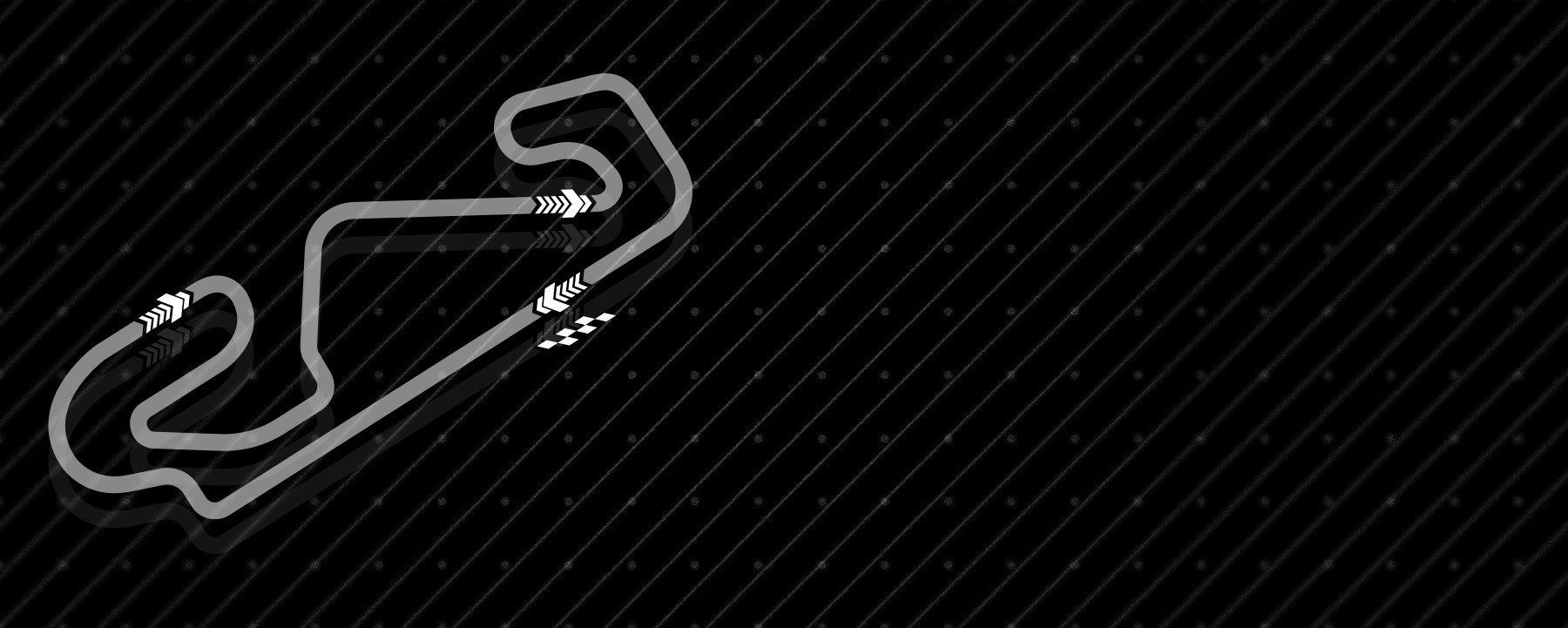Keywords: track surface
Measuring the grip level of the tyres on a Formula 1 car and indeed on racing cars in general, is a key factor when preparing for an event, not only for the teams, but also for the tyre supplier, when considering performance and degradation.
At the beginning of every race week, Pirelli takes readings to assess the track surface which are fed into the simulation model, thus helping to develop it and make it even more accurate. The engineers acquire 3D photos of the most representative points at each track, something they do every year to build up a historical picture, which allows them to analyse the state of the track surface including its micro and macro-roughness.
Micro-roughness is the measure of how rough are the single components of the stone granule aggregate that makes up the surface layer: if the number is high it means the granules are very rough, and if it’s low it indicates they are very smooth.
Macro-roughness describes the overall irregularities that can be seen or felt on the track surface, such as small bumps, depressions and undulations, generally of the order of millimetres or centimetres. High macro-roughness indicates there are significant gaps between the stone granules, which affects the tyre’s ability to stick to the ground, while a low figure indicates a particularly smooth surface.
‘;
